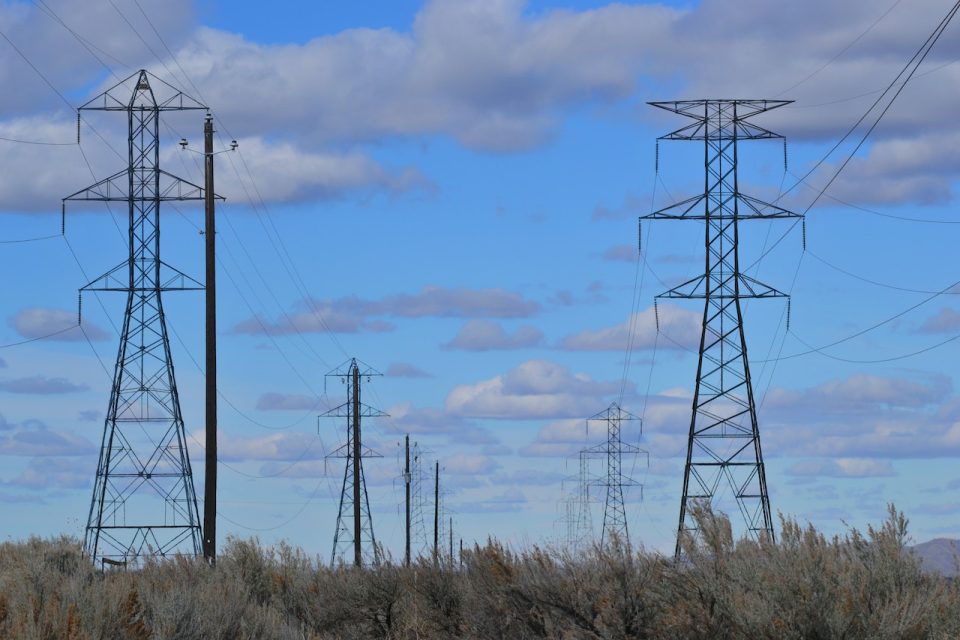In a recent revelation, the Energy Information Administration (EIA) has forecasted a noteworthy 1% drop in US residential electricity prices for the upcoming year. This optimistic projection stems from a retreat in fuel prices used in electricity generation, including a 34% year-to-date decrease in natural gas futures (NG=F), which now hover just below $3 per million British thermal units (MMBtu).
While a 1% decline may seem modest, it stands in stark contrast to the 4% increase anticipated for the current year, marking a significant deviation from the trend. The last time such a decline was recorded was in 2016, with a similar pattern noted in 2002.
However, despite the sanguine outlook of EIA, some economists remain cautious regarding this dip in electricity prices. Ed Hirs, an economist and energy fellow at the University of Houston, highlights a lack of return on capital in investments for new electricity-generating plants, leading him to surmise that residential bills may ultimately rise.
Furthermore, it’s important to note that not all regions across the US are slated to experience cost relief in the coming year. Projections indicate a range from a 3% decline to a 4% increase, averaging out to -1%. Regions in the eastern north central US (including Indiana, Illinois, and Michigan) and south Atlantic states (such as Maryland, North Carolina, and South Carolina) are expected to witness a decrease ranging from 2.5% to 3.7%. Conversely, residents in the western US, including Oregon, Washington, and California, are likely to see an average 4% increase.
In light of these forecasts, homeowners may observe a modest variance in their utility bills next year. However, experts emphasize the importance of investing in energy-efficient measures to ensure long-term benefits and savings. Tyler Hodge, Senior Economist at EIA, explained, “Electric utilities have to cover their cost of providing electricity to retail customers. So there’s a lot of different costs built into those retail rates.” This underlines the need for individuals to be proactive in exploring energy-saving options to mitigate the impact of increasingly expensive residential electricity bills.
In conclusion, while the prospect of a decrease in US residential electricity prices is promising, caution is warranted given the potential range between a 4% increase and a 3% decline. Even in the event of a slight dip in home electricity bills, it remains imperative for individuals to opt for cost-efficient solutions that will foster long-term benefits and support sustainable energy consumption.
Source: Yahoo Finance

